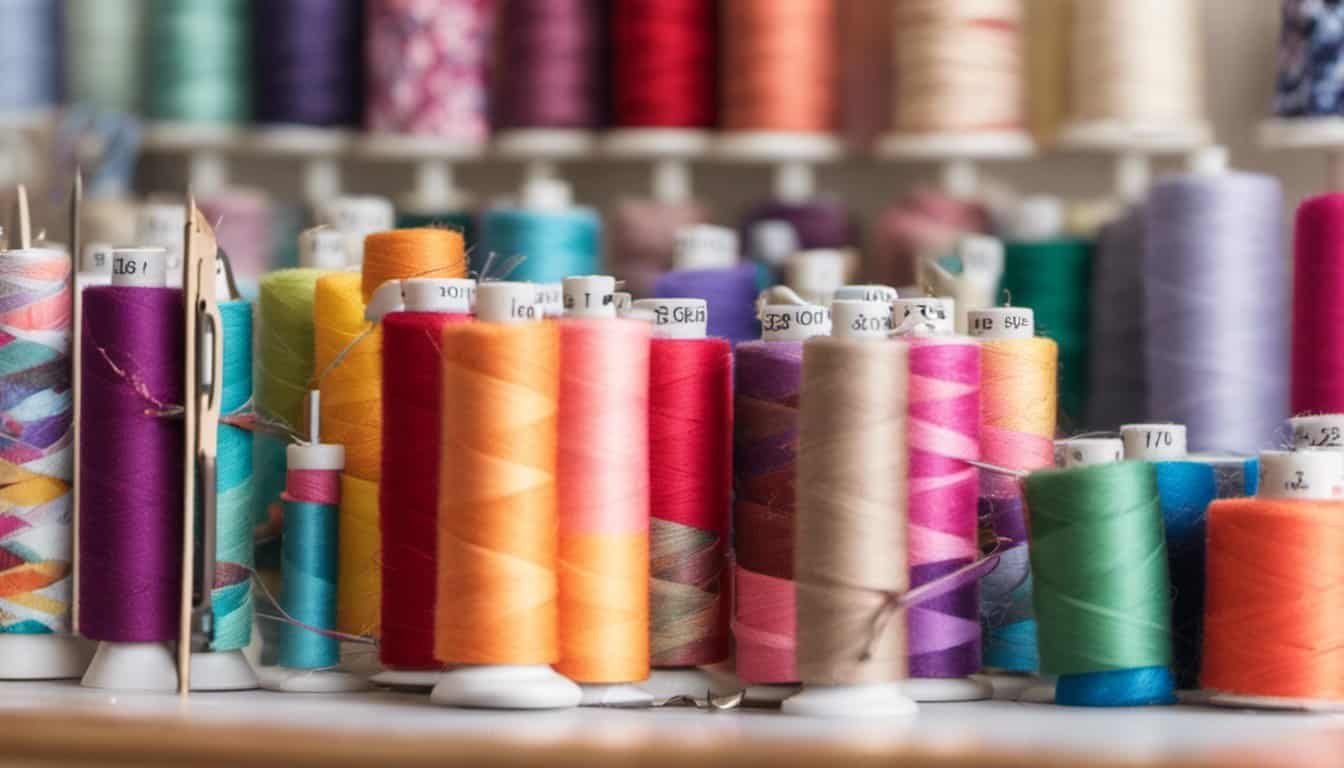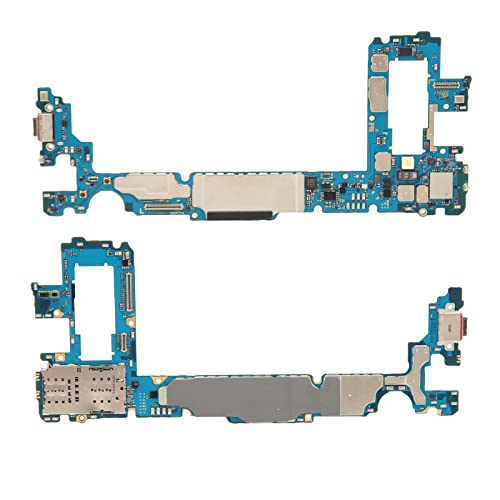There’s something magical about a sunny day and a picnic with friends or family. But what’s a picnic without a cozy blanket to sit on? Making your own fabric picnic blanket not only adds a personal touch to your outdoor adventures but also lets you choose your favorite colors and patterns. Plus, it’s a fun and rewarding project that can be done in just a few hours.
Materials Needed
Creating your own picnic blanket requires a few essential materials. Selecting the right fabric and gathering additional supplies ensures the project flows smoothly.
Fabric Selection
Choose durable, weather-resistant fabrics for outdoor use. Cotton canvas or polyester blends work well, as they resist stains and wear. Consider picking vibrant colors or patterns to reflect your personal style. Each fabric can affect the blanket’s look and functionality, so fabric width should meet your size needs. Aim for at least 1.5 to 2 yards for a standard picnic blanket.
Other Supplies
Gather these essentials to complete your picnic blanket:
- Thermal batting: Adding warmth and comfort, it enhances the blanket’s insulation.
- Sewing machine: For quicker and more precise stitching, a sewing machine simplifies the process.
- Thread: Coordinate thread colors with your fabric choice to create a cohesive appearance.
- Scissors: Sharp fabric scissors cut cleanly for neat edges.
- Measuring tape: Accurate measurements help in cutting fabric to the desired size.
- Pins or clips: Holding layers together while sewing prevents slipping.
- Iron: Press fabrics and seams for a polished finish.
By gathering these materials, making your picnic blanket becomes an enjoyable and efficient sewing project.
Preparing the Fabric
Preparing your fabric properly ensures a beautiful, lasting picnic blanket. Attention to detail in this step makes a significant difference in the final product.
Washing and Drying
Washing the fabric removes any chemicals and dirt from manufacturing. I recommend using a gentle detergent for the best results. Once washed, air-dry or tumble dry the fabric on low heat. Pre-shrinking the fabric prevents any surprises after the blanket’s complete, ensuring it maintains its shape and size after washing.
Cutting the Fabric
Cutting the fabric accurately creates clean edges and precise dimensions. I measure and mark my fabric with a fabric marker or chalk. To ensure straight cuts, I use sharp fabric scissors or a rotary cutter along the marked lines. For a standard picnic blanket, I typically cut two pieces measuring 1.5 to 2 yards wide and long. Always double-check measurements before cutting, as accuracy influences the final fit and usability of your blanket.
Assembling the Blanket
Assembling the picnic blanket involves combining all the prepared materials into one cohesive piece. Focus on accurately pinning the fabric layers together and sewing the edges for a durable finish.
Pinning the Pieces Together
Pinning is essential for keeping the fabric pieces aligned during sewing. Start by placing the two fabric pieces right sides together. Align all edges evenly and ensure the batting layer sits between them. Use pins or clips to hold the layers in place, starting from the center and moving outward. This technique prevents any shifting while sewing. Be generous with the pins, spacing them about every 4 to 6 inches. Double-check that all edges are aligned correctly before moving on to the sewing step.
Sewing the Edges
Sewing the edges secures the fabric layers while allowing for a neat finish. Set your sewing machine to a straight stitch and use a ½-inch seam allowance. Begin sewing along one edge, backstitching at the start and end to lock the stitches in place. Continue to sew around the entire blanket, leaving a 6- to 8-inch gap on one side. This opening allows for turning the blanket right side out after sewing. Once finished, trim excess fabric near the corners and carefully turn the blanket through the opening. Use a blunt tool, like a chopstick, to push out the corners for a crisp look. After turning, gently press the blanket with an iron for sharp edges before closing the gap.
Adding Finishing Touches
Finishing touches add professionalism and personal flair to your picnic blanket. Hemming the edges and incorporating optional features enhances both functionality and aesthetics.
Hemming the Edges
Hemming the edges prevents fraying and provides a clean, polished look. I fold the raw edges of the fabric inward by about ¼ inch and press them with an iron to create a crisp crease. I follow this by folding the hem again another ¼ inch and pinning it in place. Sewing along the folded edge with a straight stitch ensures a durable finish. I recommend using coordinating thread to match the fabric or contrasting thread for a decorative touch.
Optional Features
Optional features enhance the blanket’s usability and style. I consider adding a pocket or two for convenient storage of essentials like utensils or napkins. To create pockets, I cut small pieces of fabric, fold and press the edges, and then sew them onto the blanket’s surface, securing all sides.

Additionally, I might add ties or loops for attaching the blanket when rolled up. Using fabric strips, I sew them at the corners or sides, allowing easy securing. Finally, embroidery or fabric paint allows for personalization, like monograms or fun designs, making the blanket uniquely mine.
Conclusion
Creating your own fabric picnic blanket is such a rewarding experience. Not only do you get to enjoy the process of making something with your own hands but you also end up with a unique piece that reflects your personal style.
I can’t wait to take mine out for a picnic and show it off to friends and family. Whether you keep it simple or add your own special touches, I hope you find joy in crafting your blanket. So grab your materials and get started on this fun project. Happy sewing!

















